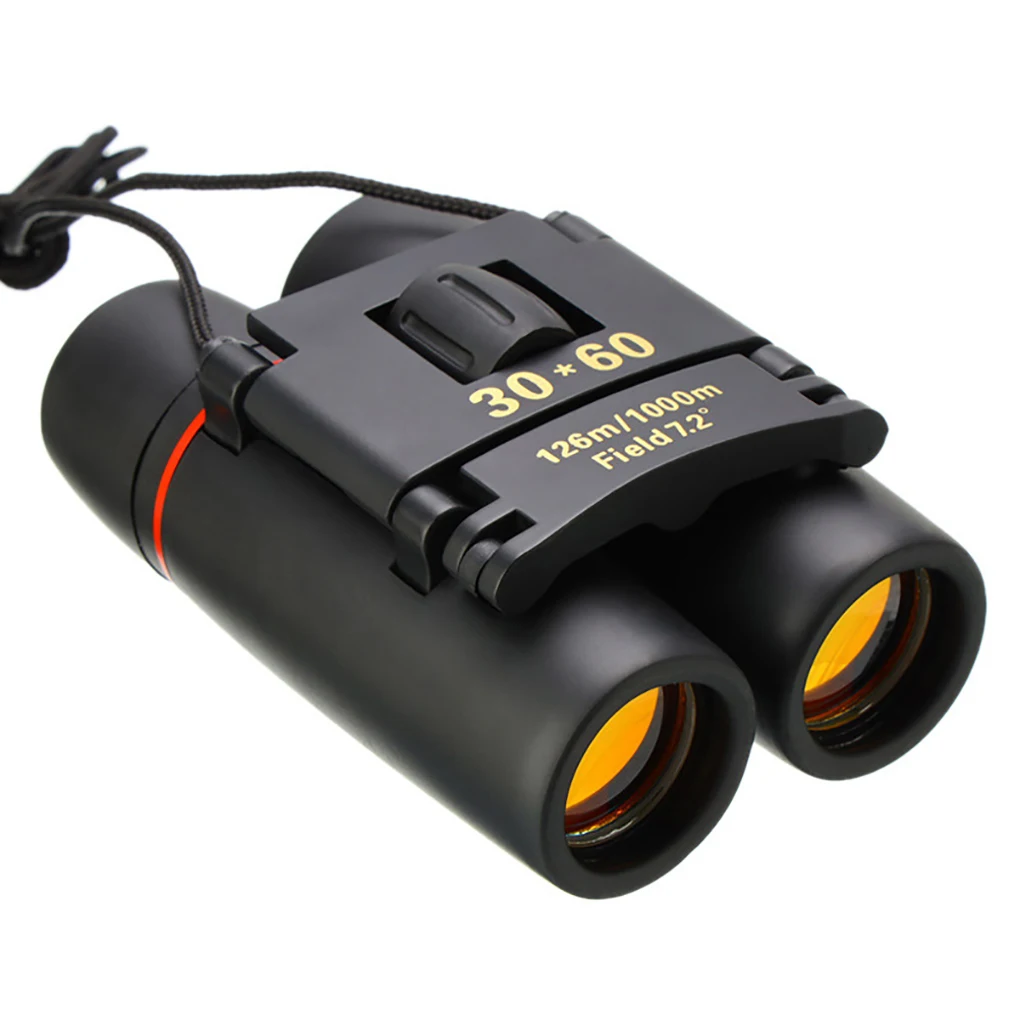What are Some Examples of Naturalistic Observation? How is it Used in Psychology?
Naturalistic observation is a research method where researchers observe and record behavior in its natural setting without directly interfering. This method allows researchers to study behavior in a more ecologically valid context, providing insights into how individuals behave in real-world settings.
Examples of Naturalistic Observation
- Observing children's play in a park.
- Recording animal behavior in their natural habitat.
- Monitoring shoppers' buying patterns in a supermarket.
- Studying communication patterns in a social group.
Use in Psychology
Naturalistic observation is widely used in psychology to:
- Study the development of behavior in children.
- Understand animal behavior and interactions in their natural environment.
- Identify social norms and cultural influences on behavior.
- Evaluate the effectiveness of interventions and programs.
Advantages:
- High ecological validity.
- Provides rich and detailed data.
- Allows for observation of rare or infrequent behaviors.
Disadvantages:
- Can be time-consuming and costly.
- May be influenced by observer bias.
- May be difficult to control for extraneous variables.
Questions:
- What is the main difference between naturalistic observation and other research methods?
- Why is ecological validity an important consideration in research?
- What are some examples of how naturalistic observation can be used to study human behavior?
- What are the advantages of using naturalistic observation in psychology?
- What are the limitations of naturalistic observation?
Hot Sale Items:
- GoPro HERO11 Black Action Camera
- binoculars
- trail camera
- wildlife field guide
- bird call app
Pre:What color shoes go with black shirt and khaki pants
Next:What are the three charges against Socrates in the apology



















